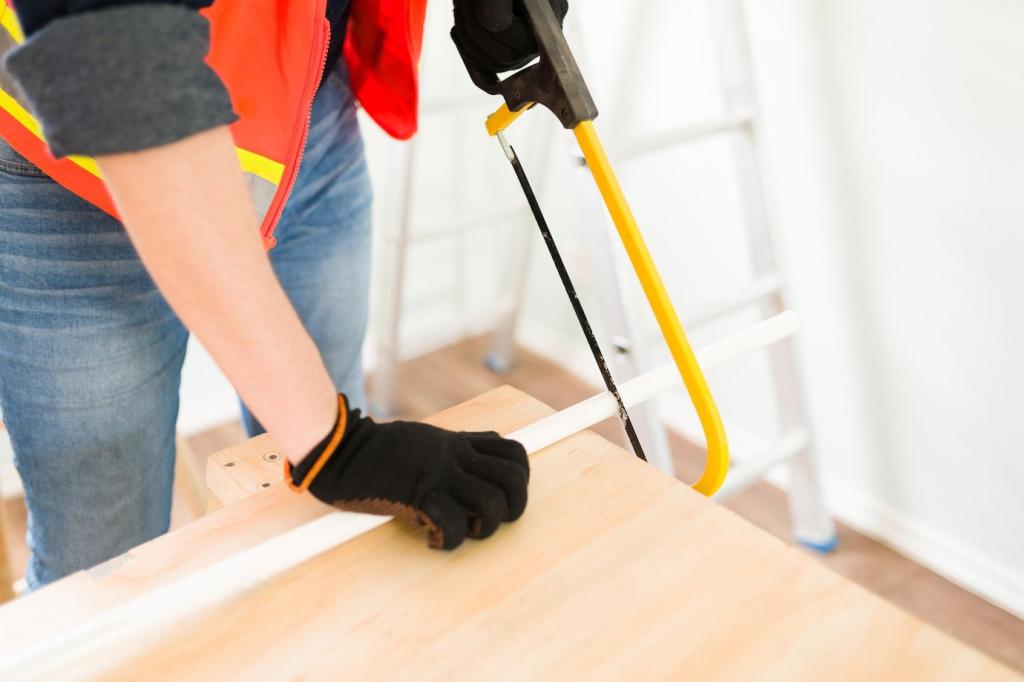Prevention: The Most Underrated Innovation
Weekly HEPA vacuuming prevents gritty particles from sawing at fibers. Rotate cushions, use washable throws in high-contact zones, and keep lint rollers handy. These quiet rituals cut deep cleans, saving time, energy, and cleaning product long-term.
Prevention: The Most Underrated Innovation
Dry with moving air rather than direct sun to avoid uneven fading and brittle fibers. Open windows when possible, use fans to shorten dwell times, and wipe hardware dry so moisture does not creep into seams or tacks.


